Model of growing melons in greenhouses according to VietGAP standards of Thieu Hung Agricultural Service Cooperative (Thieu Hoa).
At the greenhouse area of Thieu Hung Agricultural Service Cooperative (Thieu Hoa), rows of lush, round melons are ready for harvest. This is one of the typical models applying the production process according to VietGAP standards, helping to increase the value of agricultural products and open up a sustainable direction for farmers.
Mr. Nguyen Van Binh, a producer in Thieu Ngoc commune, shared: “Previously, I grew melons in the traditional way, depending a lot on experience, but the efficiency was not high. When joining the cooperative and switching to VietGAP farming, we were instructed to strictly control the production process, from seed selection, care to harvesting. Thanks to that, the melons retain their sweetness, thin skin, yellow flesh, and are favored by traders and supermarkets.”
Director of Thieu Hung Agricultural Service Cooperative Nguyen Van Duong said: “Producing according to VietGAP helps minimize negative impacts on the environment and ensure food safety. We use a drip irrigation system to save water, control nutrients for plants, and minimize pesticides. Each melon has a traceability label, helping consumers feel more secure when using it.”
In fact, the selling price of VietGAP melons at Thieu Hung Cooperative is about 20 to 30% higher than products grown using traditional methods. Large supermarkets and clean agricultural product stores in Hanoi and Ho Chi Minh City have signed stable purchasing contracts, helping farmers feel secure in production.
Producing agricultural products according to VietGAP and GlobalGAP standards not only brings benefits in terms of quality but also opens up many opportunities for farmers and cooperatives. In addition to large enterprises, many cooperatives and small-scale producers are also actively investing in this model, applying science and technology, improving farming methods to create safe products, meeting market demand. Thanks to that, not only increasing the value of agricultural products, this model also helps expand consumption channels, attracting businesses to cooperate in production and product consumption. In particular, products certified by VietGAP and GlobalGAP always have a high competitive advantage, easily accessing large distribution systems and reaching further in both domestic and international markets.
One of the successful models in applying GlobalGAP is the fruit farms in Van Du town (Thach Thanh). With large scale and application of modern technology, the farms here have produced high quality products, favored by the market. Mr. Nguyen Van Thanh, owner of a farm growing yellow-heart oranges and green-skin grapefruit, shared: “Producing according to GlobalGAP not only helps plants grow healthily, reduces pests and diseases, but also ensures consistent quality, making the fruit sweet, fragrant, and meeting export standards. In particular, this process also contributes to protecting the environment and the health of the producers themselves.”
To meet the strict requirements of GlobalGAP, farm owners here have invested in automatic irrigation systems, used composted organic fertilizers instead of chemical fertilizers, kept full field diaries and strictly followed safe quarantine periods when using pesticides. In addition, the construction of warehouses, sinks and post-harvest preservation systems also help products stay fresh longer, making it easier to access supermarket chains and export markets.
Currently, in Thanh Hoa province, there are more than 2,470 hectares of crops certified by VietGAP, bringing in an average profit of about 200 million VND/ha/year. However, to achieve GlobalGAP standards, there are still many barriers, mainly due to high production costs, along with a lack of specialized human resources to advise and guide people to apply the strict procedures of this standard.
Thao Hien melon products in Quang Hop commune (Quang Xuong).
Although the farming model according to VietGAP and GlobalGAP brings many obvious benefits such as improving the quality of agricultural products, ensuring food safety and increasing access to high-end markets, in reality, expanding the production area according to these standards still faces many difficulties. Some localities still maintain small-scale, fragmented farming methods, leading to difficulties in synchronously implementing standard processes. High production costs are also a major obstacle, while many farmers are not ready to change traditional farming practices. In addition, consumer awareness of VietGAP and GlobalGAP certified products is still limited, making output not really stable. The supply chain still goes through many intermediaries, increasing costs and making it difficult to control quality and trace origin.
However, with the increasing consumer trend of prioritizing safe agricultural products, many localities in the province have proactively implemented solutions to expand production areas in the direction of standardization. Propaganda and awareness raising for farmers have been promoted, encouraging them to access and apply advanced production processes. In addition, training for local staff has also been focused on, helping them have enough knowledge to support people in implementing standard production models. Safe production areas have gradually been planned more systematically, along with the construction of production - consumption linkage models, in which enterprises play a central role, connecting farmers with the market.
To encourage safe agricultural production, financial support policies and registration costs for VietGAP and GlobalGAP certification also need to be considered, to help farmers feel secure in investing and expanding sustainable production models.
Article and photos: Chi Pham
Source: https://baothanhhoa.vn/tang-gia-tri-nong-san-bang-tieu-chuan-vietgap-globalgap-244094.htm


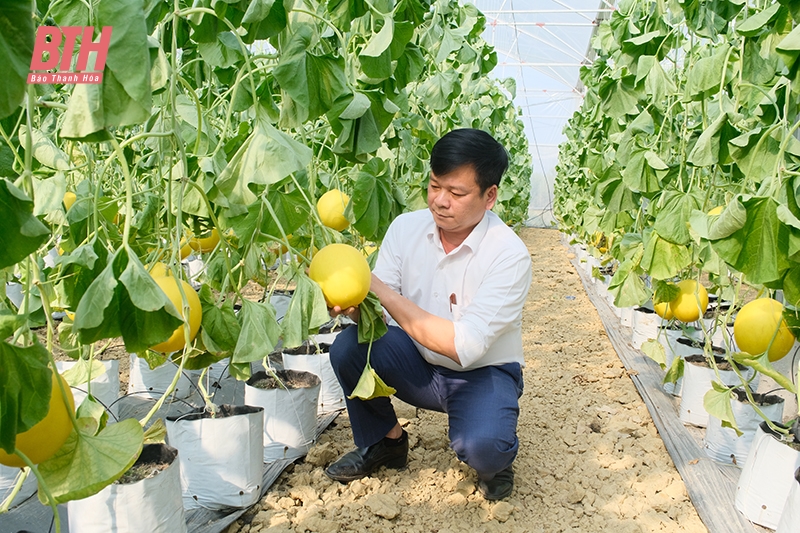
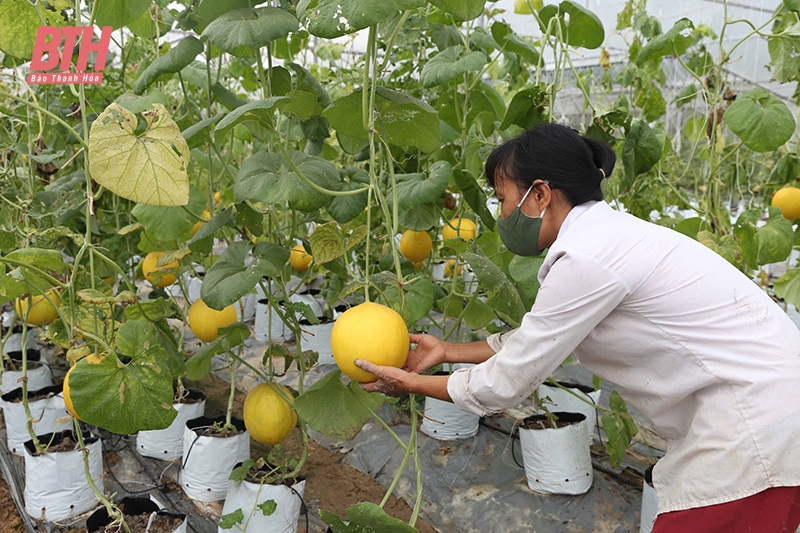
![[Photo] Relatives of victims of the earthquake in Myanmar were moved and grateful to the rescue team of the Vietnamese Ministry of National Defense.](https://vstatic.vietnam.vn/vietnam/resource/IMAGE/2025/4/2/aa6a37e9b59543dfb0ddc7f44162a7a7)
![[Photo] Third meeting of the Organizing Subcommittee serving the 14th National Party Congress](https://vstatic.vietnam.vn/vietnam/resource/IMAGE/2025/4/2/3f342a185e714df58aad8c0fc08e4af2)




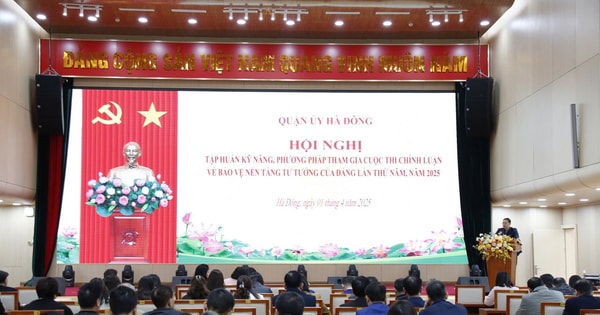
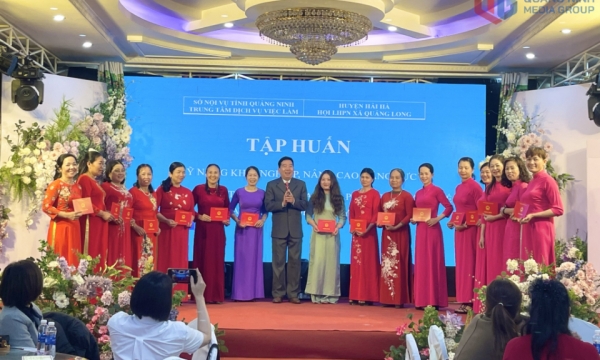

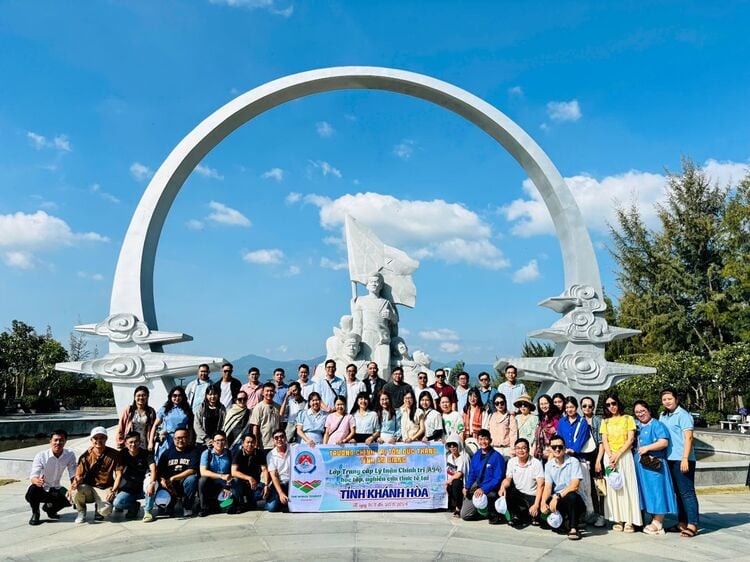

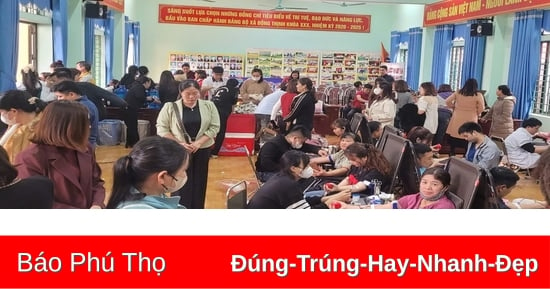






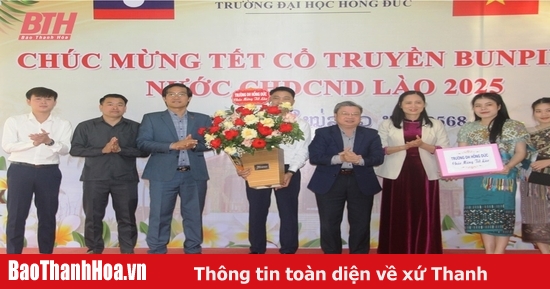















































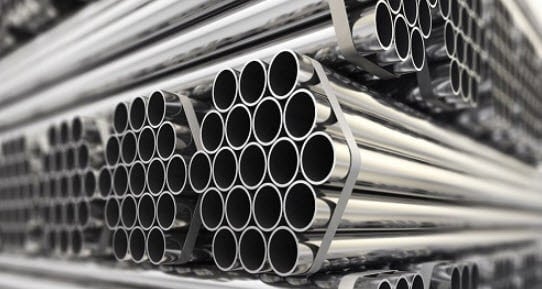



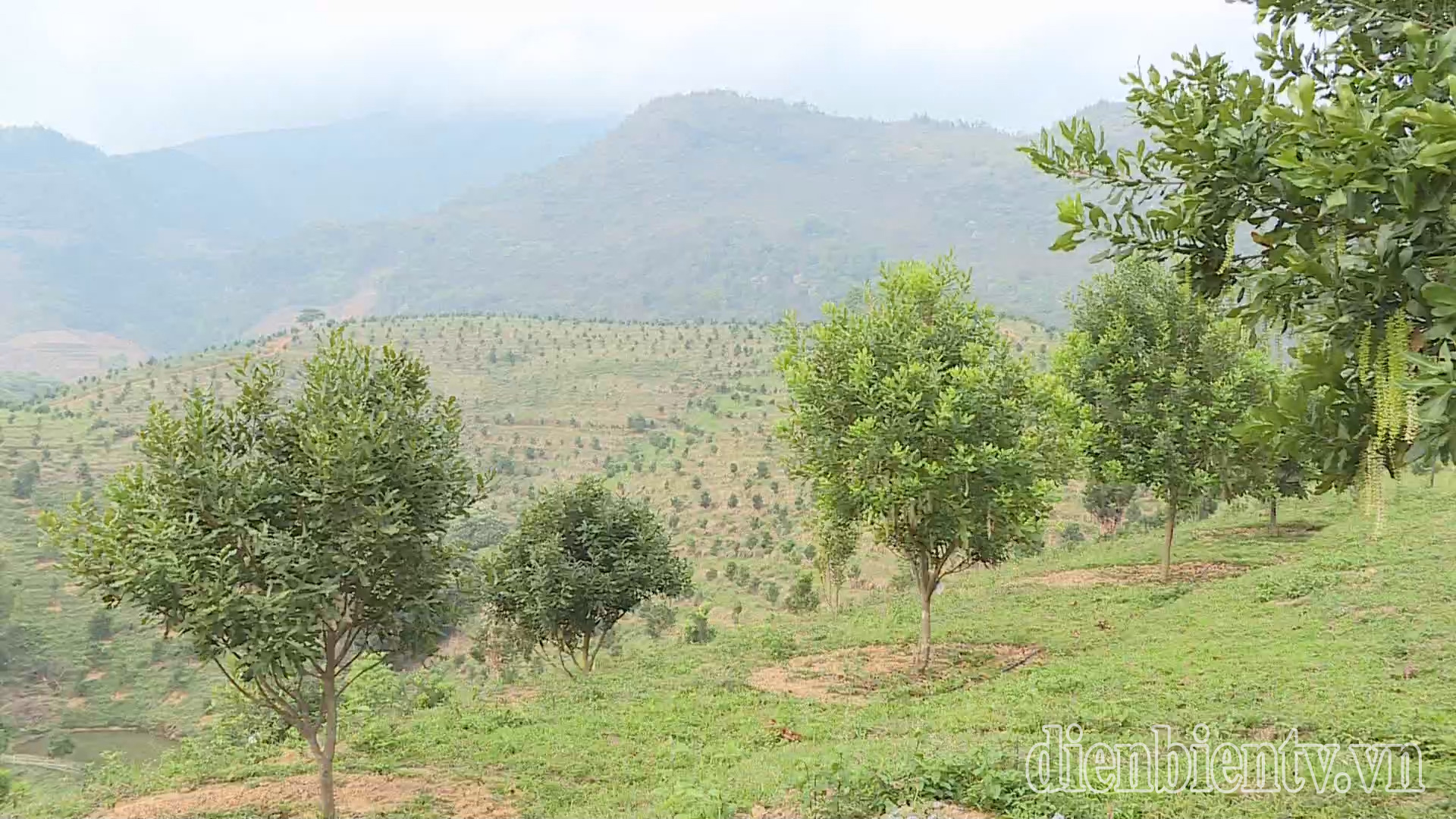


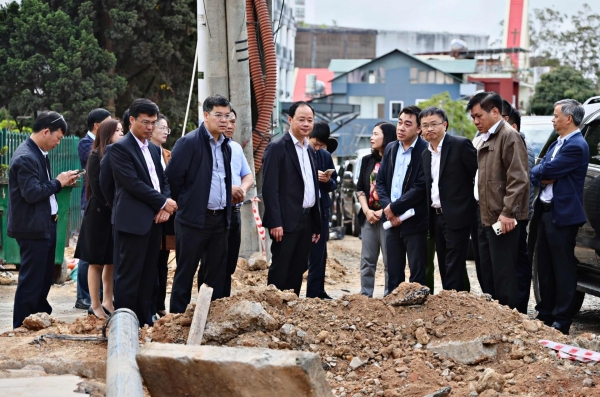













Comment (0)